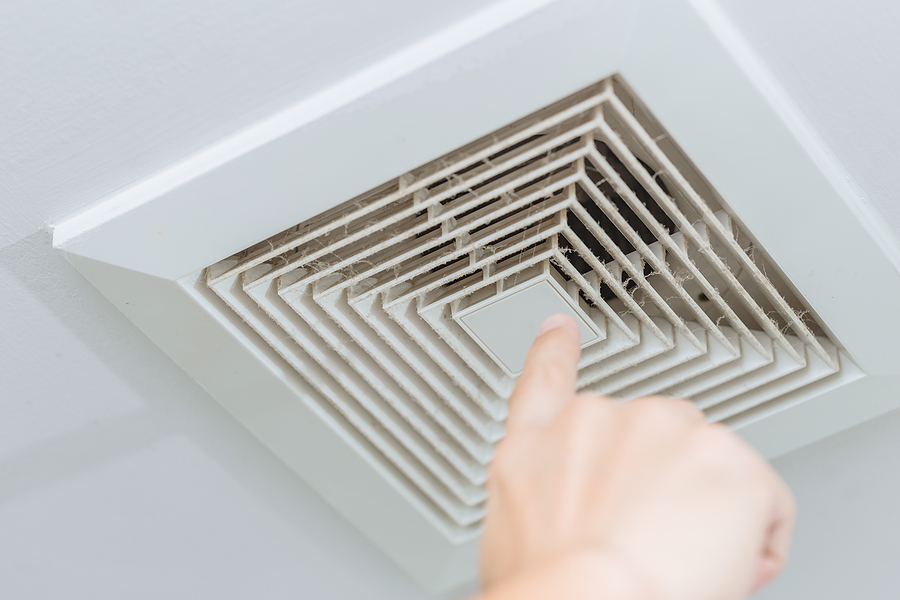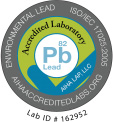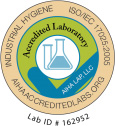
Nearly every single modern space has an HVAC system installed. Unfortunately, these are magnets for mold, mildew, dust, dirt, viruses, debris, and much more. Your HVAC should be serviced (cleaned) and inspected at least once a year for general health and safety purposes.
The results of these analyses are also required for most insurance inspections as well as any other official status where documentation is necessary. You should always keep property records of environmental and air quality testing to eliminate any potential liabilities, as well as generally provide a safe and healthy space for individuals.
Is Mold Hiding Out in Your HVAC System?
If your HVAC hasn’t been attended for some time, it’s likely there may be a build-up of harmful microbes. There are also a few conditions that contribute to the contamination of HVAC systems. Areas with high humidity can expect more mold and mildew growth than drier climates, meaning that it may be necessary to do adequate air quality testing more than once a year.
Depending on the location of the HVAC, building quality and materials, and general building conditions, you may find other hazardous materials like asbestos, pollen, or even bugs or mites.
How Mold Gets into Your HVAC System
There are a number of ways that mold makes its way into your HVAC system. Of course, there’s a general exchange of air being circulated which results in the build-up of excess materials. Air ducts within the system are often made of fiberglass, which collects like pollen grains and live matter like decaying plant leaves or insect parts.
With the combination of moisture in the air and accumulated moisture in built-up dust, fungus and mold have the perfect space to grow. These spores are then distributed and circulated through the air. All of this microscopic debris has adverse health effects on the people and animals that inhabit that space, ranging from mild allergies to serious cardiovascular diseases that stem from consistent inhalation.
Test Your HVAC System For Mold
Testing your HVAC system for mold and other harmful microbes means testing the air quality regularly. There are a number of different ways laboratories test for microorganisms in the air. Depending on your reason for testing, whether it’s standard upkeep with results necessary for insurance and other health purposes, or for a specific concern (like suspicion of mold spores), the laboratory will send the appropriate sampling kit.
The different ways we test air include:
- Viable Air Sample Analysis – A cohesive assessment of fungi and bacteria with qualitative and quantitative results (i.e. the species of mold and how much was detected)
- Total Air Analysis – uses Air-O-Cell, Cyclex-d, Micro-5, or Laro-100 testing to determine species of fungus spores and environmental particles, down to the genus level, making it easier to eradicate any problems
- Direct Microscopy Analysis – Variety of sampling methods make it easy to get this procedure down, include tape preps, bulk material, swabs, filter cassettes, or contact plates in order to determine fungi species and genus
- Viable Bulk or Swab Analysis – Easy assessment of bulk materials and surface samples, with a complete picture of species identification and colony-forming units per square inch
If you’re not sure but would like to set up testing for your HVAC system’s air quality, call SanAir Technologies Laboratory at 804-897-1177. Our experts are ready to answer any questions you may have about sampling procedures or testing operations.












